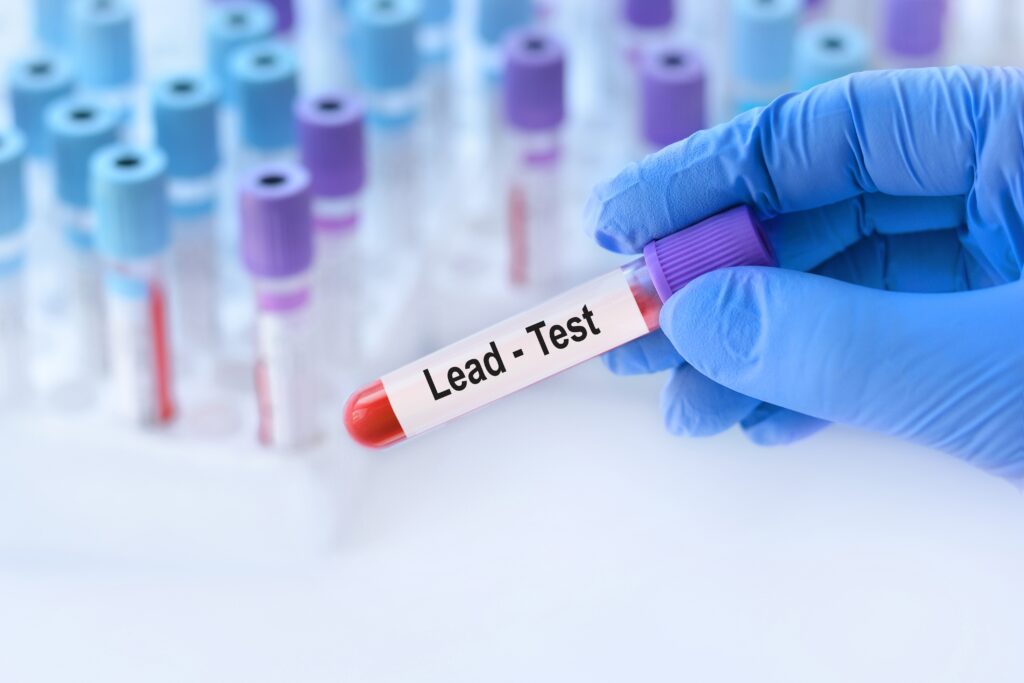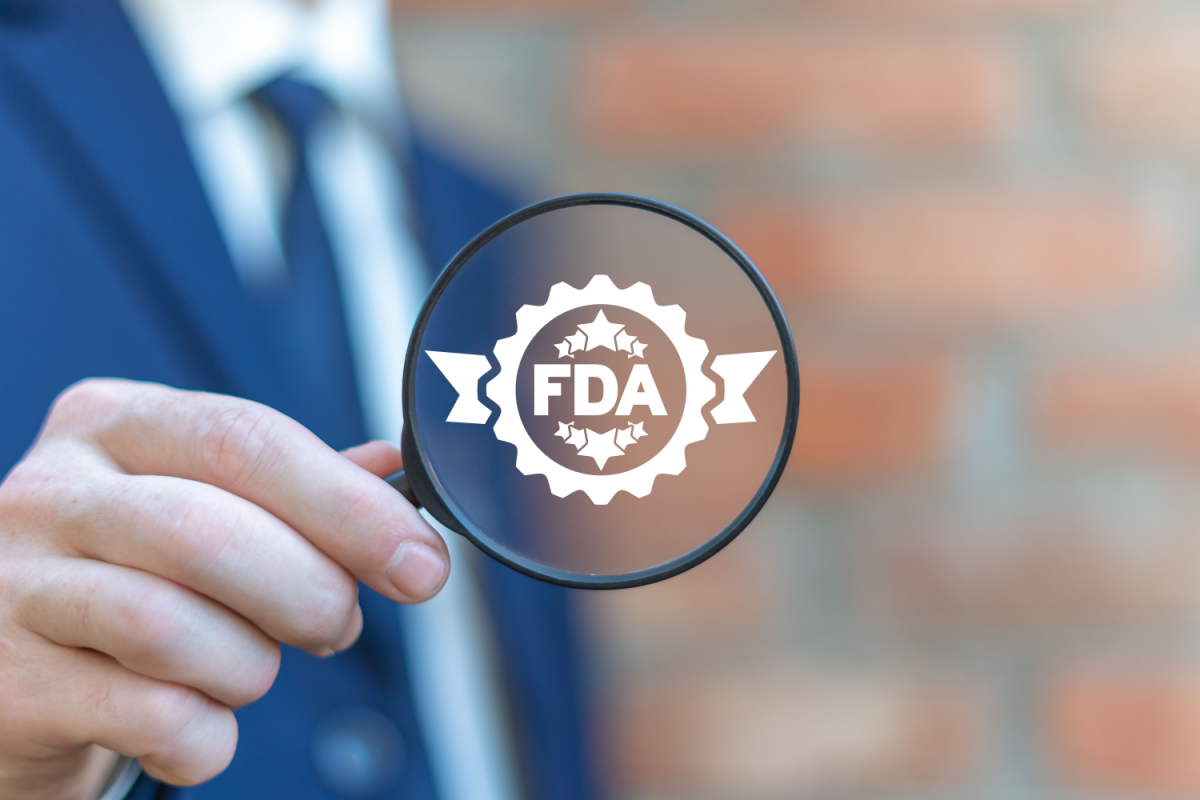The presence of lead in food remains a critical concern for the US Food and Drug Administration (FDA). Lead, a toxic metal, can enter the food supply through environmental contamination during the growing, raising or processing of foods. Even with the significant reduction of lead usage in industrial applications, residues from historical practices still pose a risk, necessitating stringent regulatory oversight.
FDA’s Regulatory Framework on Lead in Food
Lead contamination in food can arise from various environmental sources, including past usage of lead in paint, gasoline and plumbing materials. Despite the elimination of many lead-based products in the US, certain goods, especially those imported, may still contain lead. Given that no safe level of lead exposure has been established, the FDA takes a proactive role in monitoring and regulating lead levels in food to protect public health.
The FDA employs a rigorous process to determine if lead levels in food constitute a health risk. This process includes assessing the toxicity of lead, the concentration detected in food products and the estimated consumption rates. Special attention is given to vulnerable populations, such as young children, who are particularly susceptible to the adverse effects of lead exposure.
If lead levels in a food product are found to be unsafe, the FDA is authorized to take regulatory actions. These may range from working with manufacturers to reduce lead levels to restricting the distribution of affected products in the US market.
Related: Lead in Cinnamon: A Rising Concern for Food Safety
Industry Responsibilities and Compliance
Food manufacturers bear significant responsibility under US law to minimize or eliminate chemical hazards, including lead, from their products. The FDA’s regulatory framework, including action levels and compliance policy guides, provides clear directives for the industry. These guidelines are designed to help companies meet legal obligations and ensure their products are safe for consumption.
One notable regulation is the FDA’s strict limit on lead in bottled water, set at five parts per billion (ppb), which is more stringent than the 15 ppb allowed in public drinking water by the Environmental Protection Agency (EPA). Additionally, the FDA has banned the use of lead solder in food cans and has established labeling requirements for ornamental ceramicware containing lead to prevent its misuse with food.
The FDA’s approach extends beyond regulation enforcement to include collaboration with industry and other stakeholders. This partnership aims to develop sustainable strategies that reduce lead levels in food while preserving the nutritional quality and accessibility of these products. The FDA’s commitment to protecting consumers, especially vulnerable groups, underscores the critical importance of adhering to these regulatory standards.
For the food industry, compliance is not just about avoiding regulatory penalties but also about safeguarding public health. As research advances and testing methods become more precise, the industry must stay informed and proactive in mitigating lead contamination risks. The ongoing collaboration between the FDA and the food industry is vital to achieving the shared goal of ensuring a safe and nutritious food supply for all.
If you want your company to be featured on Xtalks.com, please email [email protected].












Join or login to leave a comment
JOIN LOGIN